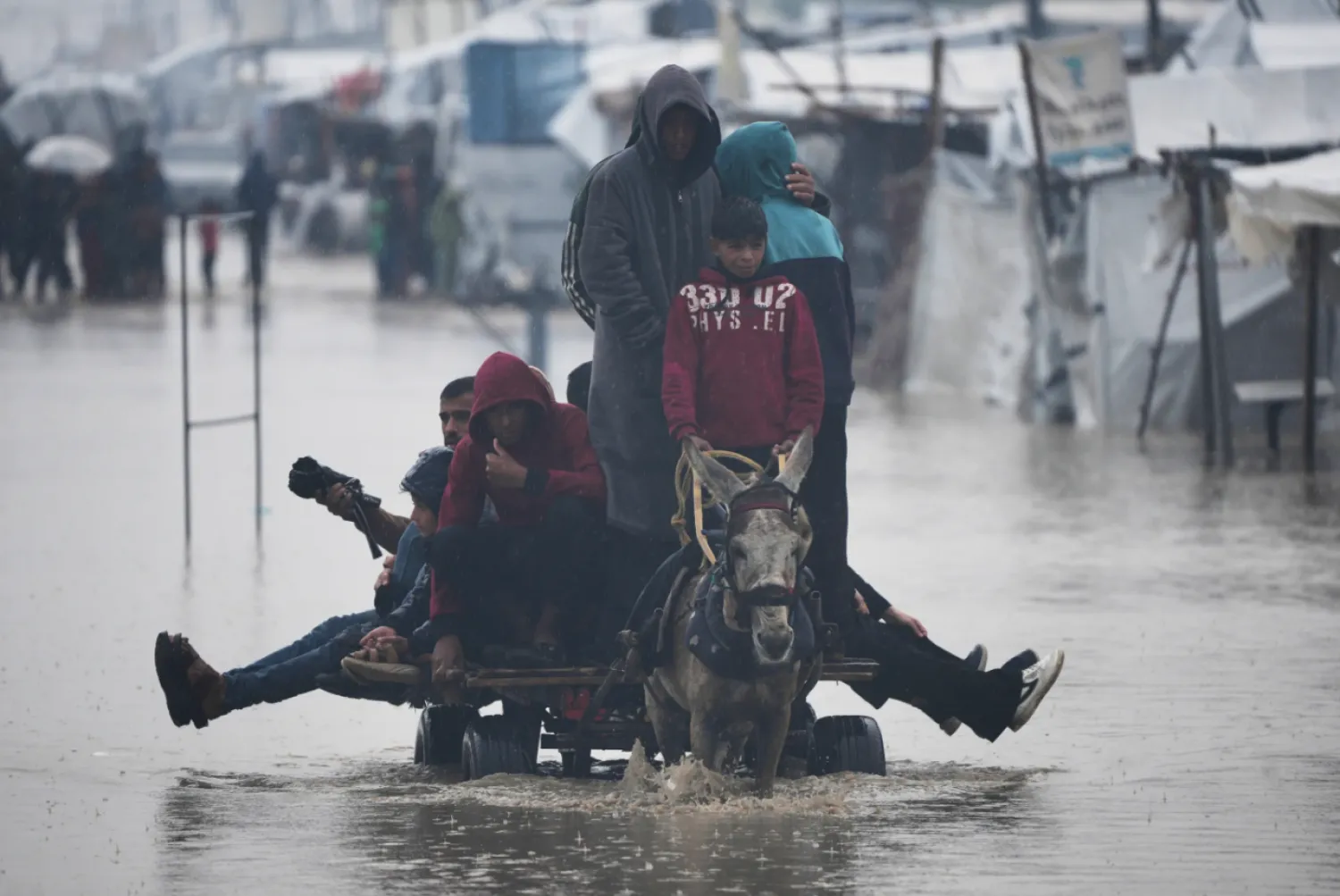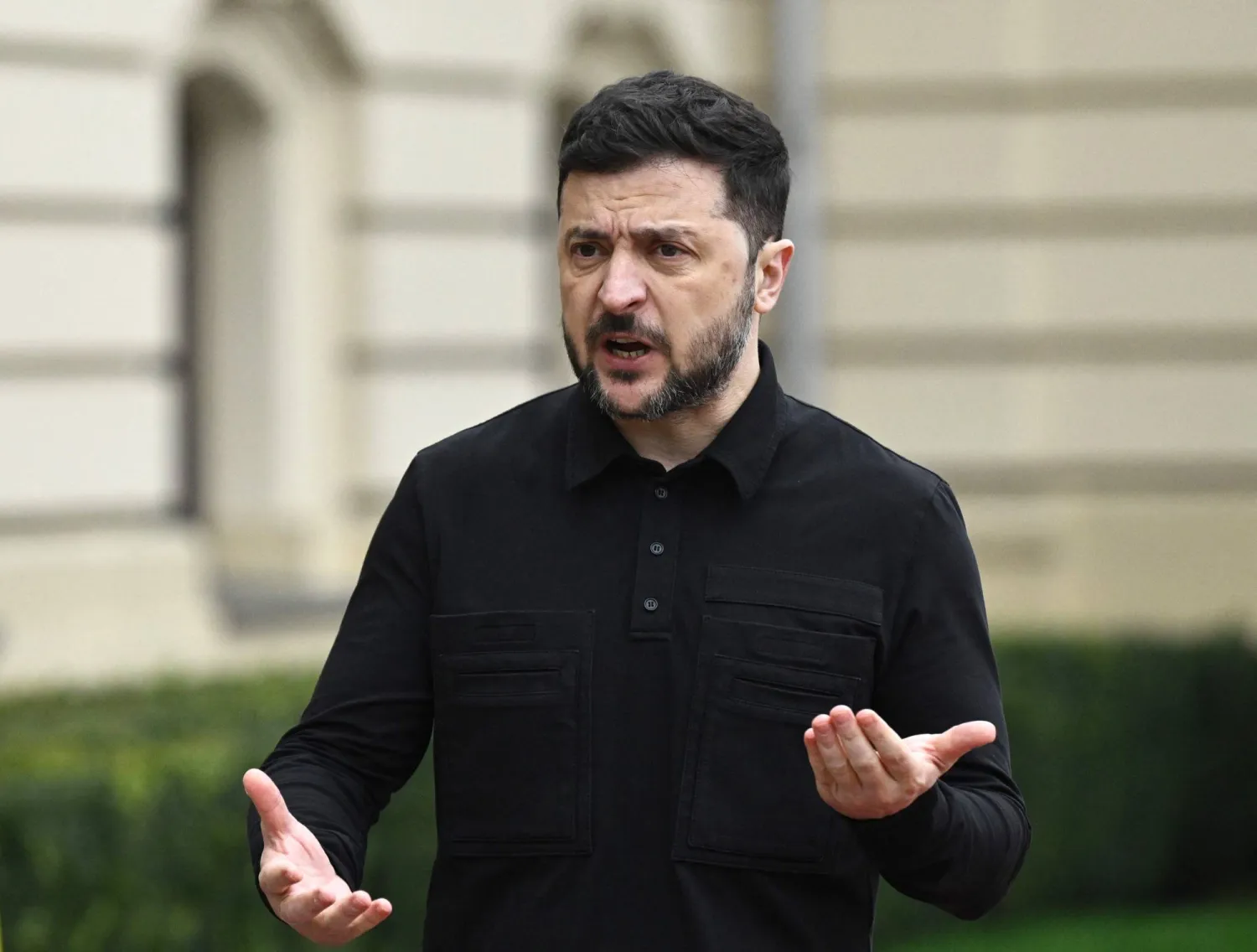Throughout its grinding seven-month war with Hamas, Israel has pledged to investigate a series of deadly events in which its military forces are suspected of wrongdoing. The commitment comes in the face of mounting claims — from human rights groups and the International Criminal Court 's chief prosecutor — that the country's leaders are committing war crimes in Hamas-ruled Gaza.
In one of the highest-profile cases, an attack on a World Central Kitchen convoy that killed five foreign aid workers, the Israeli army promptly published its findings, acknowledged misconduct by its forces and dismissed two soldiers. But other investigations remain open, and admissions of guilt are rare.
Israel’s military advocate general, Maj. Gen. Yifat Tomer-Yerushalmi, said this past week that the military is investigating about 70 cases of alleged wrongdoing. She gave few details. The military refused to disclose the full list of investigations and told The Associated Press it could only respond to queries about specific probes.
A look at some of the investigations that have been publicly announced:
A DEADLY STRIKE ON A TENT CAMP KILLS DISPLACED FAMILIES On Tuesday, Israel revealed the preliminary results of an investigation into a deadly strike on a tent camp sheltering displaced families in the southern Gaza city of Rafah.
The May 26 strike killed at least 45 people and caused widespread destruction. Most of the victims were women and children, according to Gaza’s Health Ministry, which doesn't distinguish between the deaths of civilians and Hamas militants.
The military's chief spokesman, Rear Adm. Daniel Hagari, said a preliminary investigation found the Israeli munitions used that day in efforts to eliminate two Hamas militants were too small to be the source of a fire that broke out.
Hagari said the destruction may have been caused by secondary explosions, possibly from Palestinian militants’ weapons in the area. Hamas did not respond to that explanation, but a member of the group's political bureau remarked Tuesday that Israel “believes that it is deceiving the world, with its false claim that it did not intend to kill and burn children and women, and its claim to investigate its crimes.”
The Israeli military said in a statement that the investigation had been turned over to a fact-finding group that operates independently outside the army’s chain of command. Those findings are then handed to the military advocate general, who decides if there should be disciplinary measures. It's not clear how long the probe will last.
SCORES OF CIVILIANS ARE SHOT DEAD AROUND A FLOUR CONVOY In February, witnesses said Israeli troops fired on a crowd of Palestinians waiting for aid in Gaza City. At least 104 people were killed and 760 were wounded, according to Gaza’s Health Ministry, which described it as a massacre.
Army officials initially said dozens of Palestinians were killed in a stampede when huge crowds tried to grab supplies off the pre-dawn convoy of 30 army trucks carrying flour toward hard-hit northern Gaza. But the military’s preliminary investigation, released a week later, appeared to back off that description, saying only that the stampede caused “incidents of significant harm to civilians.”
The investigation found that troops opened fire at some people who approached them and posed a threat to them and that a tank also fired warning shots to disperse “suspects.” But it did not directly address how the people were killed.
The military said the case is also being investigated by the fact-finding group.
AL-AHLI HOSPITAL EXPLOSION SETS OFF DEADLY INFERNO An explosion in October in the courtyard of the Al-Ahli hospital, where thousands of Palestinians had sought shelter or medical treatment, set off an inferno that burned men, women and children alive.
There are still conflicting claims over what happened.
Officials in Gaza quickly said an Israeli airstrike had hit the hospital, killing at least 500 people. Images of the aftermath ignited protests across the region.
Within hours, Israeli officials said they had conducted an investigation and determined they were not involved. They released live video, audio and other evidence that Israel said showed the blast was caused by a rocket misfired by Islamic Jihad, another Palestinian militant group.
Islamic Jihad denied responsibility.
An AP investigation, along with US and French intelligence assessments, concluded a misfired rocket likely caused the explosion.
A PALESTINIAN MAN IS SHOT WHILE WALKING WITH OTHERS In January, the Israeli government announced it was investigating the death of a Palestinian man who was fatally shot while walking with four others.
Video footage shows one of the men holding a white flag — the international symbol of surrender — and the others behind him holding their hands in the air. They then scramble backward as several shots ring out.
In a second clip, one of the men is lying on the ground. The shooter is not visible in the video but before the shots are fired, the camera pans, showing what looks to be an Israeli tank positioned nearby. Ahmed Hijazi, a citizen journalist who filmed the episode, told The Associated Press that an Israeli tank fired on the group.
The army said it conducted an in-depth investigation and found the tank did not fire at the men. It also said it was “not possible to determine with certainty” whether the man was killed by Israeli fire.
FOUR PALESTINIANS ARE SHOT ON A DIRT ROAD On March 22, Israel’s military launched an investigation after footage emerged appearing to show the bombing of five Palestinians near the southern Gaza city of Khan Younis.
Aerial footage circulating on social media shows four men walking along a dirt road before a strike hits them, killing all four instantly. Another man farther along the road tries to run away before he is hit and killed. The origin of the footage remains unclear.
The military said the investigation had been turned over to the independent fact-finding group.
A GAZA SURGEON DIES IN AN ISRAELI PRISON Famed Gaza surgeon Adnan al-Bursh died in an Israeli prison after he was rounded up in an arrest raid on Al Awda hospital in mid-April, according to the United Nations.
Bursh led the orthopedic department at Al-Shifa Hospital. At the time of his arrest in December, he was reportedly in good health and operating on patients, the UN said.
But those who saw Bursh in detention reported that he looked depleted and bore signs of violence, according to Physicians for Human Rights-Israel. Israel's military and police did not respond to requests for comment.
Palestinian detainees who have returned from Israeli detention have reported beatings, harsh interrogations and neglect while in Israeli custody. Israel has denied the reports. Bursh was transferred to Israel's Ofer military prison in the West Bank, where he died.
Israeli police will conduct an autopsy of Bursh’s body with a doctor from Physicians for Human Rights-Israel present, the group said, noting it had filed a petition on behalf of Bursh’s family. It's unclear when the autopsy will be conducted.
Authorities have released no information on the cause of death and it is unclear who is investigating. Israel's military and police referred questions to Israel's Prison Service, which referred questions back to the military.









